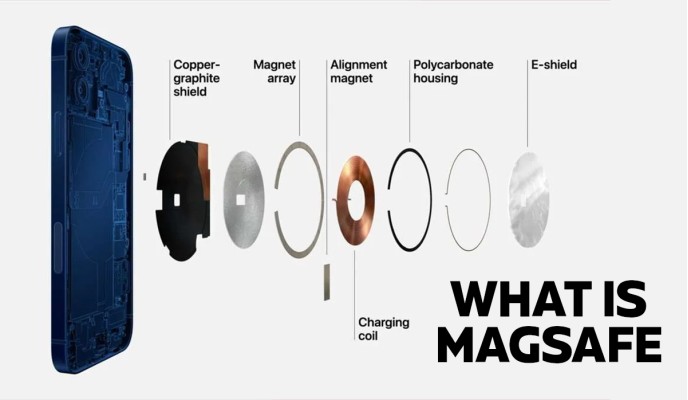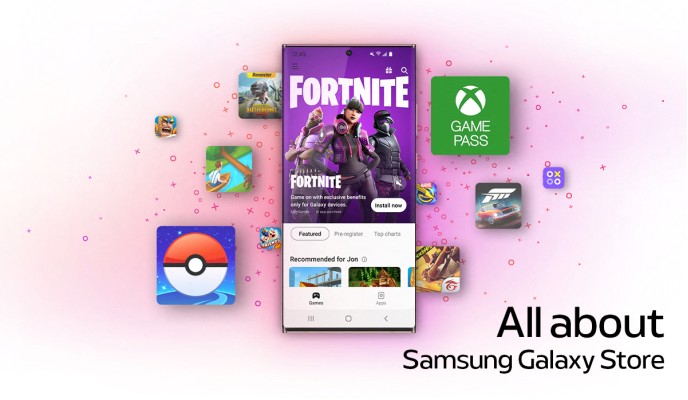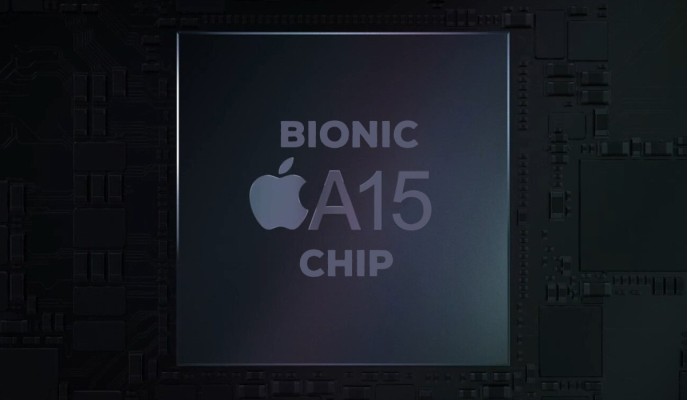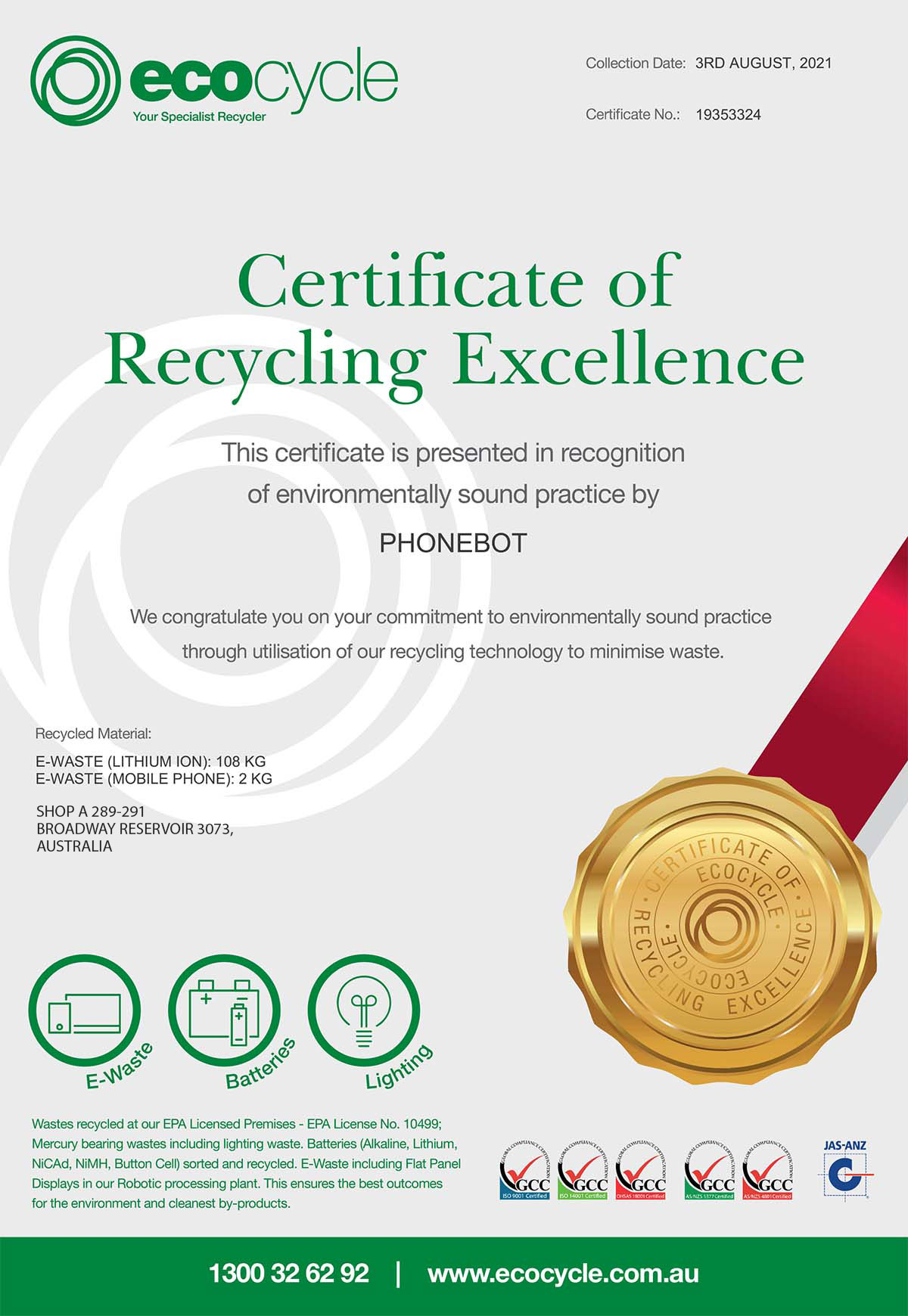All About Fast Charging & Different Fast Charging Standards
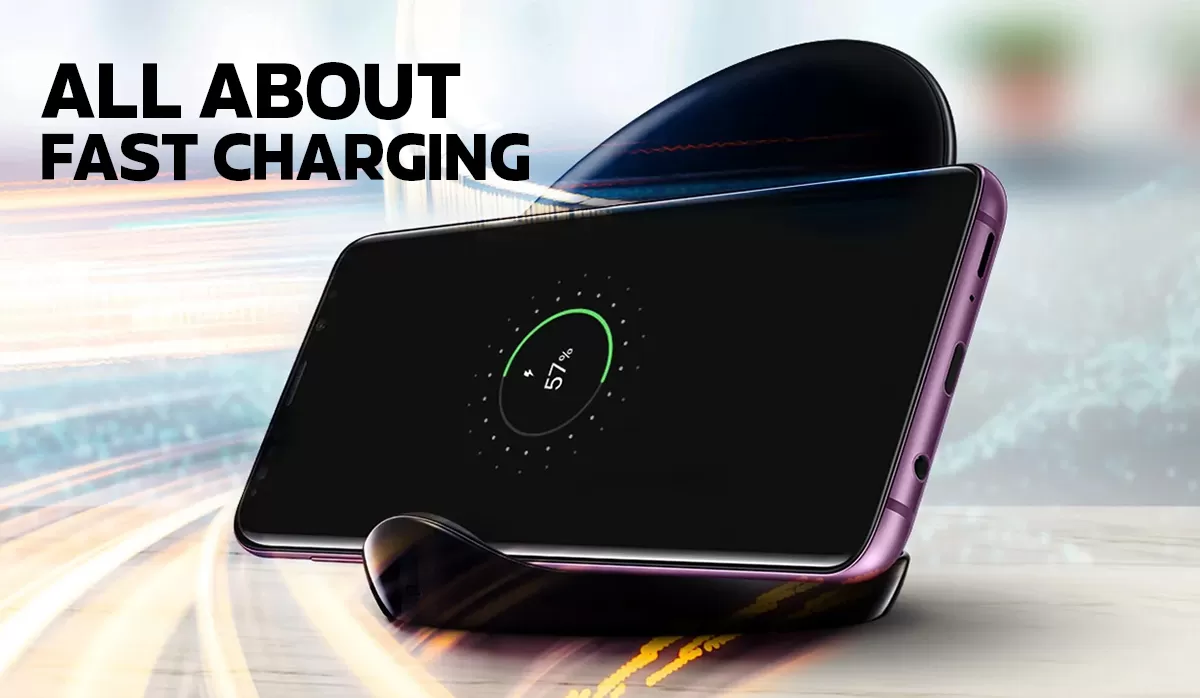
All new and upcoming smartphones boast fast charging with impressive charging speeds, with some phones fully recharging within 10 minutes only. As a result, fast charging has entered the priority list of consumers looking for a new phone.
The fast charging speeds are important given how much power modern smartphones need and how little time we have on our hands daily.
Currently, there are a plethora of Fast Charging standards on the market. This post briefly introduces you to all the major Fast Charging standards to help you choose the best standard.
What Is Fast Charging?
Fast Charging is a charging standard that comes built-in with almost all new and upcoming phones, making them charge much quicker than older phones.
With no fixed fast charging standard, the market is cluttered with different manufacturers offering their standards. Some reach as high as 130 Watts of power, while some stick to the 45 Watts limit.
Let's dive further to know how fast charging achieves quicker charging times.
How Does Fast Charging Work?
For a phone to charge quickly, it should have a high power output support (called Wattage or Watts).
Wattage is the product of voltage and amperage (current). Voltage is the measure of the strength of the electric current, whereas amperage is the flow of electricity to the battery.
So to boost charging speeds, manufacturers raise the current or voltage, which increases the watts.
But the manufacturer can still increase the measures to any limit to attain fast charging. A device cannot take more power than its charging circuit allows. Because of this, charging controllers (IC) were introduced in phones that adjust the electricity flow to protect against irregular current spikes.
Most manufacturers alter the voltage levels to attain fast charging. For instance, older chargers have an output level of up to 5V/2.4A. But the fast charging standards output 12V or beyond or 3A or higher, which sometimes makes the total output power as high as 100 Watts.
Best Fast-Charging Standards
Nowadays, there are several fast charging standards on the market. But you can opt for a cheap fast-charging adapter for your phone, and the adapter's output level should align with your phone's capacity for fast charging to work.
These are the major fast-charging standards on the market.
USB Power Delivery USB PD
USB implementers designed the USB PD charging standard when they saw the great use of USB ports on modern devices. The USB PD standard can deliver up to 240 Watts of power.
It achieves this by supporting high Voltage and Ampere levels of up to 48 and 5 Ampere. And makes USB PD a reasonable standard for charging bigger devices like laptops.
Moreover, USB PD also supports reverse charging, meaning you can use it to charge a device through your smartphone.
- Charging Time: USB PD standard, Google Pixel, and iPhone can charge 50% battery in 30 minutes.
Qualcomm Quick Charge
Since Qualcomm is the primary manufacturer of Mobile SoCs, its Quick Charge fast charging standard is also the most common among phones. It has several fast charging protocols: Quick Charge 3.0, Quick Charge 3+, Quick Charge 4+, and Quick Charge 5.
Each is backward compatible, meaning newer standard devices can use older cables and adapters.
Moreover, the Quick Charge standards are also known to have an efficient overheating solution.
- Charging Time: Quick Charge 3.0 charges from 0-80% in about 35 minutes. The latest Quick Charge 5 can recharge 100% battery in 15 minutes.
Samsung Adaptive Fast Charging
Samsung Adaptive Fast Charging is the standard known as just Fast Charging in older Samsung phones. The newer phones like S22+ and S22 Ultra use the latest version of this standard called Super Fast Charging, supporting up to 45 Watts of output level.
The older Fast Charging standard has a maximum power output level of 25 Watts.
- Charging Time: Samsung spec sheets don't mention charging times but tests show that Note 10 took 1 hour to recharge using Super Fast Charging fully.
Apple Fast Charge
Starting from iPhone 8, all iPhones support Fast Charging. Apple uses the USB PD standard to attain fast charging in its devices. However, the default power adapter in the iPhone box isn't compatible with fast charging.
For fast charging, you'll have to buy Apple's or any third-party's 18 Watt or higher adapter and a USB-C-to-Lightning cable separately.
- Charging Time: 50% recharge in just 30 minutes.
Motorola TurboPower
The fast charging standard in newer Motorola phones is called TurboPower. There are three types of TurboPower adapters: TurboPower 15, TurboPower 25, and TurboPower 30. The latter two options have a max power output of 28 and 28.5 Watts, respectively.
Moreover, these adapters are compatible with Qualcomm's Quick Charge 3.0 and higher standards. So, you can also use Quick Charge compatible adapters to fast charge your Motorola phone.
- Charging Time: Offers 15 hours of battery life after a 15-minute charge.
OnePlus Dash Charge/Warp Charge
OnePlus phones starting from OnePlus 7T, use the Warp Charge standard, whereas older phones have Dash Charge.
Warp Charge delivers 30 to 65 Watts of power, compared to just 20 Watts of Dash Charge. Warp-equipped phones have impressive charging speeds; the only disadvantage is that they don't work with third-party chargers.
- Charging Time: New phones like OnePlus 9 Pro using 65W Warp charging can only recharge in about 30 minutes.
Oppo VOOC/Super VOOC
Oppo VOOC is the same charging standard licensed by OnePlus and is compatible with Warp Charge. A few Oppo phones, like Oppo RX17 Pro, also have the latest Super VOOC with an even higher charging speed.
Super VOOC standard delivers maximum power of 65 Watts using 10 Volts and 6.5 Amperes. A 240 Watts Super VOOC holds the record of charging a 4500 mAh battery in just 9 minutes.
- Charging Time: VOOC-compatible phones can recharge up to 75% battery in 30 minutes. Super VOOC takes even less time.
Huawei SuperCharge and SuperCharge 2.0
The Huawei fast charge standard, “SuperCharge,” is in Huawei phones like P40 Pro and P10. The standard comes in two flavors, SuperCharge and SuperCharge 2.0, and is compatible with Qualcomm's Quick Charge.
These standards have comprehensive safety measures and provide 40-45 Watts of maximum power.
- Charging Time: Latest Huawei SuperCharge compatible chargers are said to have a charging speed of up to 135 Watts.
FAQs
Does Fast Charging reduce battery life?
Fast charging standards that generate lots of heat can reduce battery life. However, since most fast charging standards have thorough safety measures, your battery is safe, given you use reputable chargers.
How many watts is fast wireless charging
Fast wireless charging standards deliver lesser power compared to wired fast charging standards. For instance, Apple's MagSafe delivers up to 15 Watts.
Is Fast Charging Dangerous?
Fast Charging that creates heat can be dangerous. But most Fast Charging standards tackle heat efficiently, making it entirely safe.
Which charging type is best?
The best charging standard for your phone is the one with which your phone's charging circuit is compatible.
 Black Friday Picks
Black Friday Picks

![Apple iPhone 14 Pro 5G (128GB) [Grade A] Apple iPhone 14 Pro 5G (128GB) [Grade A]](https://www.phonebot.com.au/image/cache/catalog/refurbished/apple/iphone-14/iphone-14-pro/Iphone-14-pro-200x170.jpg)
![Apple iPhone 14 Plus 5G (256GB) [Like New] Apple iPhone 14 Plus 5G (256GB) [Like New]](https://www.phonebot.com.au/image/cache/catalog/refurbished/apple/iphone-14/iphone-14-plus/midnight-200x170.jpg)
![Apple iPhone 14 5G (128GB) [Grade A] Apple iPhone 14 5G (128GB) [Grade A]](https://www.phonebot.com.au/image/cache/catalog/refurbished/apple/iphone-14/iphone-14/blue-200x170.jpg)
![Apple iPhone 14 Pro Max 5G (512GB) [Grade A] Apple iPhone 14 Pro Max 5G (512GB) [Grade A]](https://www.phonebot.com.au/image/cache/catalog/refurbished/apple/iphone-14/iphone-14-pro/apple-iphone-14-pro-purple-200x170.jpg)

